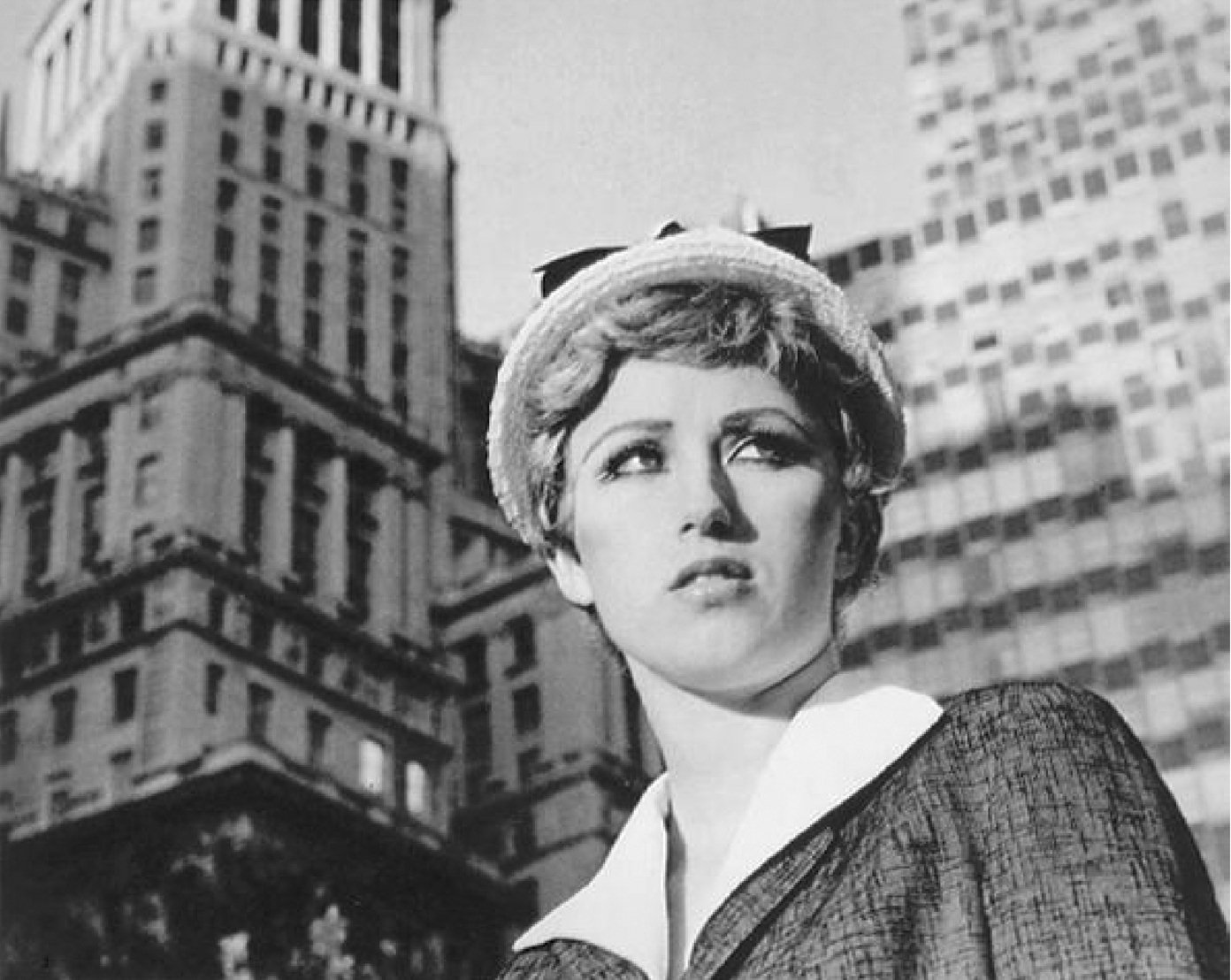
Kevin Jackson as Nijinsky.
It was Wednesday morning and I was in my usual routine, scrolling down my newsfeed with one eye open because my eyes hadn’t yet adjusted to the light from my phone, when I decided to spontaneously buy a ticket to the ballet that night, because hey, who can say no to a flash sale. It turned out that was probably the best decision I’d made all month, because the Australian Ballet’s performance of Nijinsky was absolutely spectacular.
Vaslav Nijinsky was a Russian ballet dancer and choreographer – a daring visionary and a celebrity during the height of his career. For these reasons and many others he is often called the greatest male dancer of the 20th century. Nijinsky explores his descent into madness that would end his career.
The ballet opens with what would be Nijinsky’s final public performance in a Swiss hotel. From there on in, the next two hours are an intense, raw spectacle of dance, undercut with homoeroticism and the relentless forces of war and inner torment. Nijinsky’s memories form the narrative current of the ballet, cut together and interwoven.
Kevin Jackson, the Australian Ballet’s principal artist, performed the titular role with a relentless energy, and is to be commended for delving into the fractured mind of Nijinsky with such sensitivity.
You won’t find any sparkly pink tutus or dainty pirouettes in Nijinsky, yet this is precisely what makes it so intriguing. Even from the viewpoint of someone like myself, who knows nothing about the technicalities of ballet, and is just drawn towards the beauty of it all… Perhaps the best way to enjoy the show is to let the wild beauty and intensity absorb you, and you’ll be thinking about it for weeks to come.
The Melbourne season of Nijinsky has now finished, but if you’re lucky enough you can catch it in Adelaide in October and in Sydney in November.






